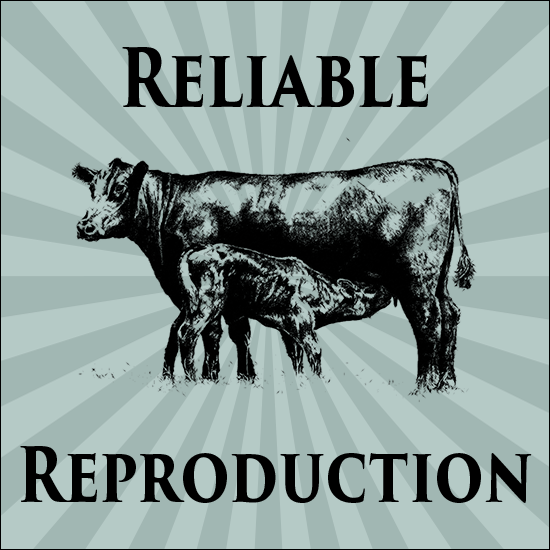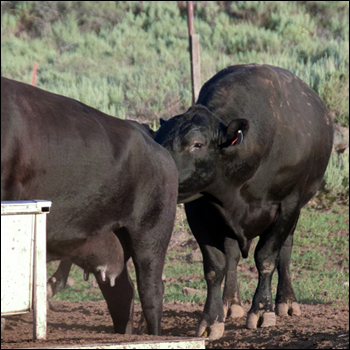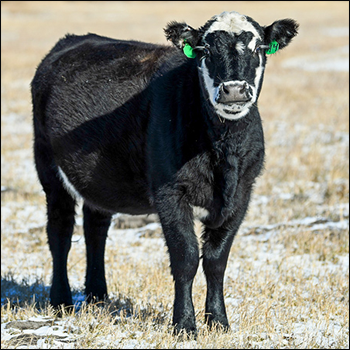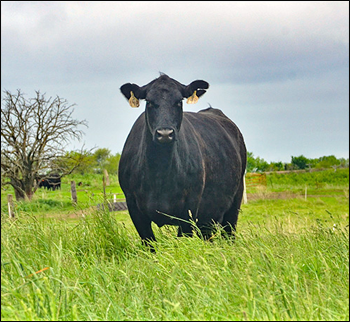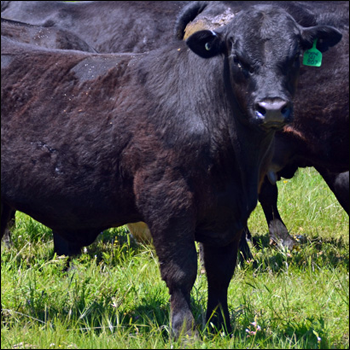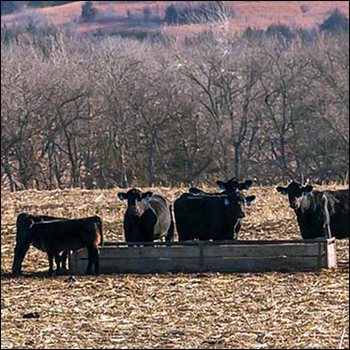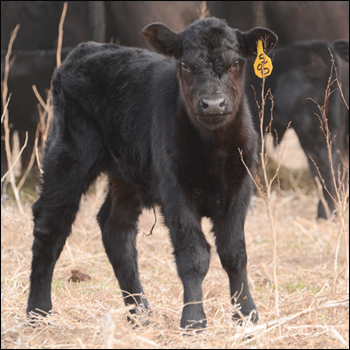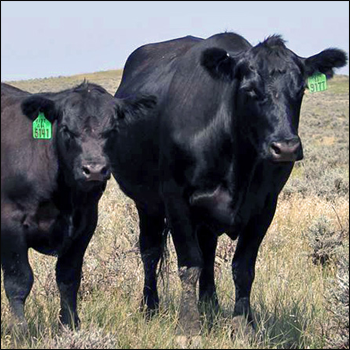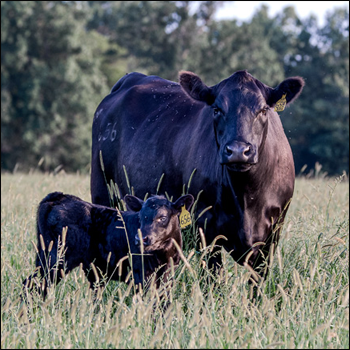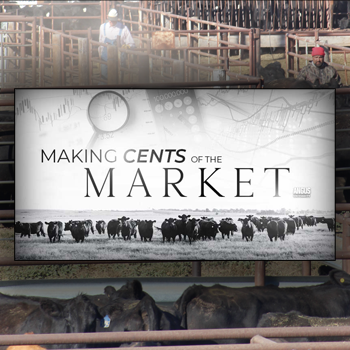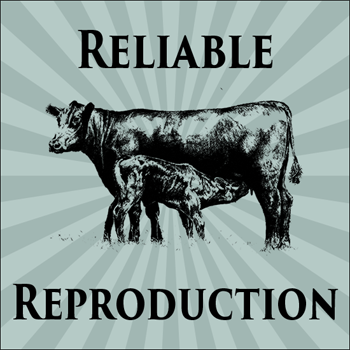In the Cattle Markets
Seasonal factors.
In recent weeks, a sharp increase in fed-cattle prices early in 2022 has softened, prompting some to ask about the short-run direction for prices. Boxed-beef price, a proxy for wholesale prices, has fallen since peaking early in the year. In addition, the cost of corn has sharply and steadily increased in the past few months. These combine to negatively affect the expected profitability of finishing cattle. This has resulted in pulling some cattle forward (or quickening the market pace by feedlots). Evidence supporting this includes a slight reduction in cattle on feed for more than 120 days. Marketing sooner means more beef in the short run with downward pressure on prices, but the prospect of higher prices later in the year.
Slaughter weights, so far, seem to contrast with the effect, as they remain high, suggesting cattle are not being pulled forward. However, higher fed-cattle prices occurred with higher corn prices at the start of the year. Therefore, weights will likely be under pressure going forward. In addition, the heifer mix on feed on Jan. 1 was up from a year earlier. That is showing up in the form of higher heifer slaughter levels.
Typically, heifer slaughter weights are less than steer slaughter weights, so the mix also affects the aggregate production amount. The disparity is perhaps showing up a little in the divergence of price changes in the nearby and deferred futures prices since the beginning of the year. April futures have fallen sharply recently, but the December futures have been relatively steady.
Seasonally, this is the time of year when packers tend to try to have a larger share of cattle forward-contracted for delivery. As a result, April through June tends to have larger shares of contracted cattle than other months. As of March 14, 2022, feedlots had contracted 235,000 cattle for delivery in April and 139,000 head for June. A year ago at this time, there had been 271,000 head contracted for April and 170,000 for June. Thus, the contracting pace is running behind last year’s levels. In other words, packers do not have as many cattle lined up, even though short-run supplies of cattle on feed are similar to a year ago. (Last April’s total looks like it was corrected or adjusted at some point, as it is different in this year’s report).
Higher corn prices have had a few related effects on cattle prices. Corn prices are steeply inverted, meaning that nearby prices are much higher than deferred and new-crop prices. However, the overall levels are higher regardless of when corn would be bought. Such rallies often lead to inquiries about managing price risk. However, this increase has also driven the implied volatility higher, especially for old crop corn. Thus, buying a call option on corn has become very expensive. The corn volatility has also carried over, directly, into higher volatility in feeder cattle in recent weeks. The increase in volatility makes managing feeder risk more expensive for buyers and sellers.
Editor’s note: Matthew Diersen is a risk and business management specialist in the Ness School of Management & Economics at South Dakota State University.

Angus Proud
In this Angus Proud series, Editorial Intern Jessica Wesson provides insights into how producers across the country use Angus genetics in their respective environments.
 Angus Proud: Scott Sproul
Angus Proud: Scott Sproul
Oklahoma operation learned wisdom of moving calving season to better suit their marketing needs.
 Angus Proud: Bubba Crosby
Angus Proud: Bubba Crosby
Fall-calving Georgia herd uses quality and co-ops to market calves.
 Angus Proud: Jim Moore
Angus Proud: Jim Moore
Arkansas operation retains ownership through feeding and values carcass data.
 Angus Proud: Les Shaw
Angus Proud: Les Shaw
South Dakota operation manages winter with preparation and bull selection.
 Angus Proud: Jeremy Stevens
Angus Proud: Jeremy Stevens
Nebraska operation is self-sufficient for feedstuffs despite sandy soil.
 Angus Proud: Dave Rutan
Angus Proud: Dave Rutan
Angus breeder gets the most out of his bull investment by partnering with opposite calving-season operation.
